According to FEMA, as many as 60% of small businesses don’t reopen after a disaster. But FEMA says, “you can” if you take some time to create a disaster recovery plan. Even if the building is entirely destroyed, when you protect your data, you can recover faster and more thoroughly.
Once Data's Gone, It's Gone
- Financial records
- Customer and sales prospect data
- Employee files
- Competitor analysis
- Payables and receivables
- Vendors
- Contracts
- Legal documents
- Compliance
- Planning
- Performance
- Logistics
- Proprietary
Even if a physical building is still intact, once data is gone, it cannot be recovered.
Companies are at a loss for how to pick up the pieces. Their current customers/clients are left hanging in limbo as you cannot complete their orders or deliver agreed-upon services. You no longer have records of payments received or past due. Vendor relationships quickly fall apart as you’re no longer paying invoices or ordering regularly. Lay-offs often result as an established business is booted back to square one. It’s no wonder, so few businesses recover from a data loss.
But having a disaster recovery plan completely changes the scenario. Companies can resume operations and get back on their feet quickly. Customer, employee, vendor, and public relations can be maintained.

You're Prepared for Almost Any Disaster
Disasters can take many shapes.
Natural Disasters
No matter what part of the country you set up shop, you face the risk of natural disasters. From those once in a lifetime floods to fires to tornados and hurricanes, few are immune. Natural disasters often strike quickly and can do outrageous amounts of damage to workstations, servers, and technology infrastructure. Businesses need to be prepared for an event.
How will you preserve your data? How will you restore the system? How will employees access it if the building is destroyed? These are just a few disaster recovery considerations.
Cybercriminals that Hijack Data
Cybercriminals are always active even while businesses are struggling to avoid lay-offs and keep their doors open. They are well-funded, organized, and as strategic as any well-run business. They research companies and target employees when they least expect it. While companies should take precautions to reduce risk, no place is immune.
What if a cybercriminal were to get through your defenses, encrypt your data, and hold it for ransom? Paying that ransom and supporting a criminal enterprise never has to be part of the conversation if you have a disaster recovery plan.
Equipment Malfunction
Whether your data is stored on five desktop computers in the office, in an on-site server room, or on an external cloud data server, the equipment can fail, so data should never be solely stored in one place, and with the availability of data backup solutions, there’s no reason it has to be. Secure data backup is getting more affordable and convenient.
Misuse that Results in Corruption of Data
You cannot watch employees at all times, even with advanced technologies. Often negligence or simple absent-mindedness can lead to corruption of data. A backup can instantly restore corrupted data and get employees back to work.
Unintentional Deletion of Critical Information
Entire folders can be accidentally deleted and cleared from the trash bin within seconds. Since these accidental deletions may take days to discover, there is no undo button. But there is when you have a thorough disaster recovery plan.
Undo. Yes. We can do that. What a relief!
Current/Former Employees with a Grudge
When an employee leaves the company, you immediately revoke their access. This can usually stop any retaliatory behavior. But what if that employee decided to do some damage before they get their pink slip? How much could one person on a mission do to falsify, compromise, corrupt, or delete data?
These are all real threats to any business, large or small. Backup and disaster recovery offer a solution.

Your Backups and Disaster Recovery Solutions Ease Recovery
Backup and recovery is a strategic process in which you create and store backups of your data that can be accessed and restored in part or whole after a data-loss event. Having a practical disaster and recovery plan in plan streamlines the recovery process, minimizing downtime, limiting revenue and productivity loss, and maintaining customer relations.
So just backing up your data isn’t enough. You need a comprehensive plan that recognizes how vital information is to your business. Backup and recovery solutions can only achieve these things when they are:
- Secure with proactive defenses, data transfer encryption, two-step authentication, limited access, among other safety precautions
- Able to be accessed quickly by the right people to maintain business continuity when possible
- Automated on a schedule, so no one has to take a lot of time backing things up.
- Able to store several back-ups versions to avoid unintentional backup overwrite
- Capable of remote access in case your workplace is physically compromised
- Agility and Expandability so they can grow with you. When you need more room, you can get it.
- Not significantly slowed down as the amount of data being backed up or restored grows with your business.
- Simple, reliable, and intuitive
If it’s hard to use, it’s not a good backup and recovery solution.
You Can Focus on Business Continuity Rather than Recovery During Event
Since you already have a disaster recovery plan in place, during an actual event, you can focus on maintaining business and taking care of customers instead of having to figure out how to recover data and restore operations. You already have all of the systems in place. Key disaster plan personnel know exactly what to do. You’ve verified that the backup work ahead of time, so you’re confident you can quickly restore data and keep operations moving.







